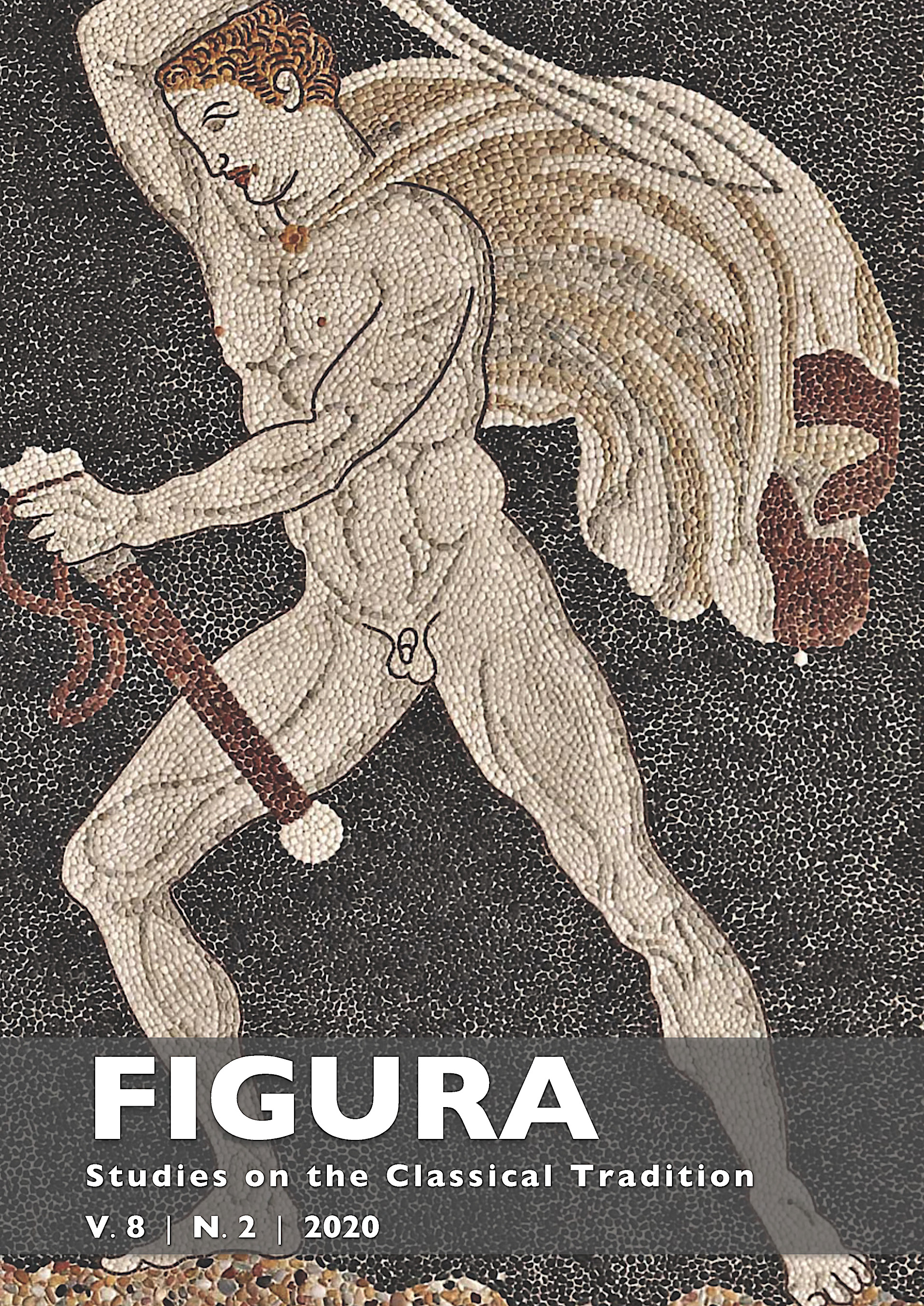Abstract
The rise of Alexander, son of Olympias and Philip as a king of Macedon certainly constitutes one of the most discussed and fascinating chapters regarding the ancient history of the Mediterranean World. The Macedonian experience had modified the political scenario of the region in a permanent way and, in this sense, there has long been a debate surrounding the nature of the newly-conceived and ephemeral empire founded by Alexander after his conquest over the Persian empire. In order to start dealing with this, there’s a crucial element we have to consider: the diadem. This adornment with no apparent ornamental complexity had a remarkable symbolic importance, by the end of Alexander’s life it had become the identifying banner of his true power. By taking this into account, it becomes evident that understanding the diadem - its origins, portrayals and emulations - reveals itself as being central to elaborating more convincing answers about the new Alexandrine empire’s character. What’s intended here is to demonstrate that the adoption of the diadem constitutes itself as an evidence that, by conquering the Persian empire, Alexander showed no signs that he would be succeeding Dario as a new Persian king, nor did he continue the old Macedonian monarchical tradition or even that he was founding an essentially Greek empire. On the contrary, the adoption of this adornment as a typical banner of royalty goes to show that the general idea of the Alexandrine empire must be faced as an original experience which translated in royal representation its multicultural character.
References
-

This work is licensed under a Creative Commons Attribution-NoDerivatives 4.0 International License.
Copyright (c) 2020 Danilo Correa Bernardino

